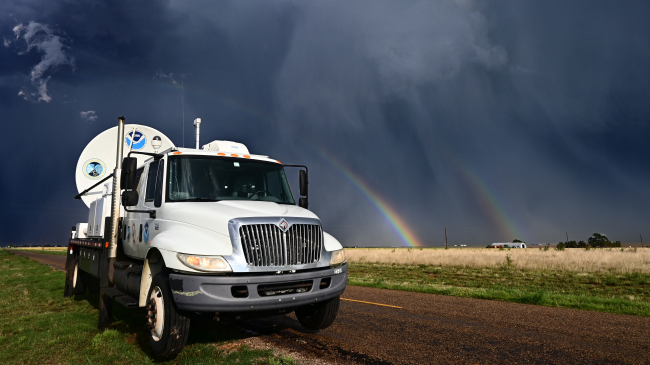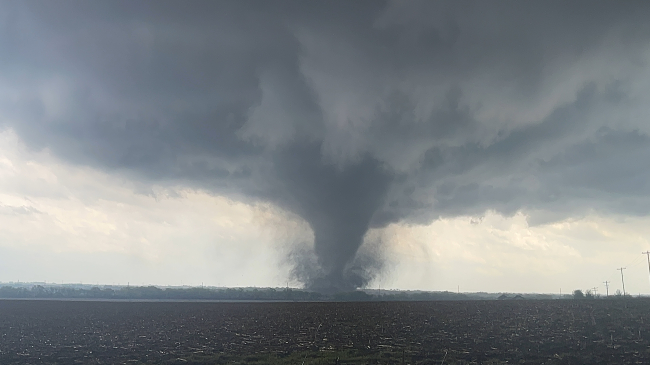
An alpine lake in Alaska, with tundra and mountain range peaks in the background. (Image credit: iStock)
The amount of carbon dioxide (CO2) being released from tundra in the northern region of Alaska during early winter has increased 70 percent since 1975, according to a new regional climate paper by scientists participating in a research project funded by NOAA and NASA.
The fate of carbon locked in northern permafrost — vast regions of frozen soil containing undecayed vegetation — is of intense interest to scientists. That’s because these soils contain an estimated 1,330-1,580 billion tons of organic carbon, about twice as much as currently contained in the atmosphere.
When permafrost thaws, carbon can be released to the atmosphere either as methane or CO2. Scientists are concerned that increasing greenhouse gas emissions will accelerate a regional warming trend that could drive a further increase in greenhouse gas emissions from the tundra.
Climate models used in recent climate assessments do not show the early winter carbon release in this region or in other northern tundra regions in the Arctic.
Warmer fall temperatures observed in northern Alaska delay freezing of tundra, increasing the length of time the tundra is giving off greenhouse gas emissions during the year, according to the study’s lead author Róisín Commane of Harvard University.
“In the past, tundra soils may have taken a month or so to freeze, but with warmer temperatures in recent years there are locations in Alaska where tundra soils now take more than three months to freeze completely,” said Commane. “We are seeing emissions of carbon dioxide from soils continue all the way through this early winter period."
Results of the study were published in last month’s Proceedings of the National Academy of Sciences offsite link.
NOAA Barrow observatory’s long-term data is key
The new study measured CO2 emissions above Alaska by instrumented aircraft from April through November in 2012, 2013 and 2014 as part of the Carbon in Arctic Reservoirs Vulnerability Experiment (CARVE). The long-term change in regional emissions on the North Slope was estimated by analyzing NOAA’s 41-year record of CO2 measured at NOAA’s Barrow Atmospheric Baseline Observatory.
Barrow was also chosen because the region has been warming about twice as fast as the rest of the North Slope and offers a potential preview of how other northern tundra regions could respond to increased warming in the future, according to study co-author Colm Sweeney.
In 2016, Sweeney, a CIRES offsite link scientist working at NOAA, published research offsite link analyzing NOAA’s Barrow database and found the thawing permafrost was not releasing large amounts of methane.
“It wasn’t showing up as methane,” Sweeney said. “It is showing up as carbon dioxide.
“This new research demonstrates the critical importance of long-term monitoring to identify feedback mechanisms, which may amplify the unprecedented warming we are seeing throughout the Arctic,” he said.
Commane, Sweeney and their colleagues are extending their research on Arctic carbon dioxide with the new NASA's Arctic-Boreal Vulnerability Experiment (ABoVE) project, which is in the second of five field seasons in Alaska and northwest Canada.
Media contact
Theo Stein, 303-497-6288




